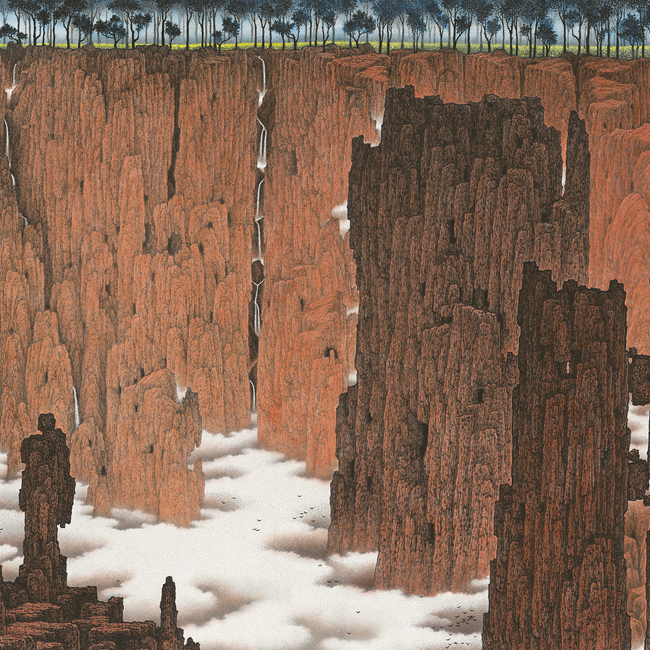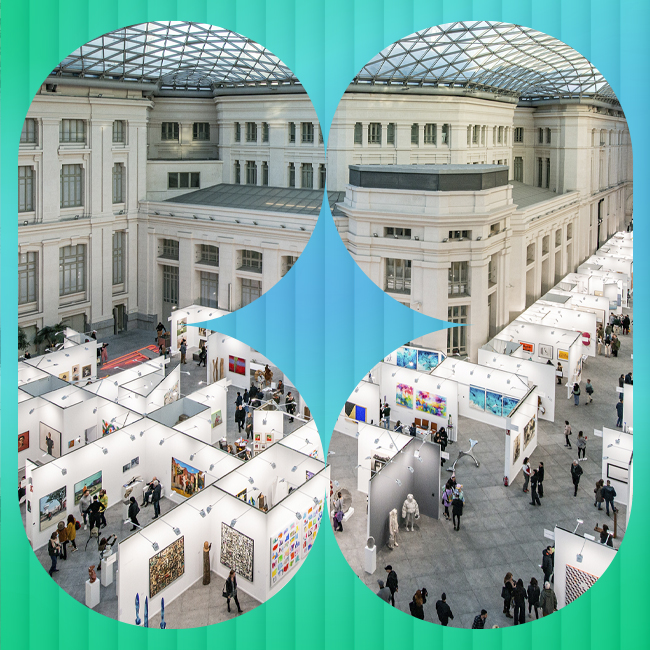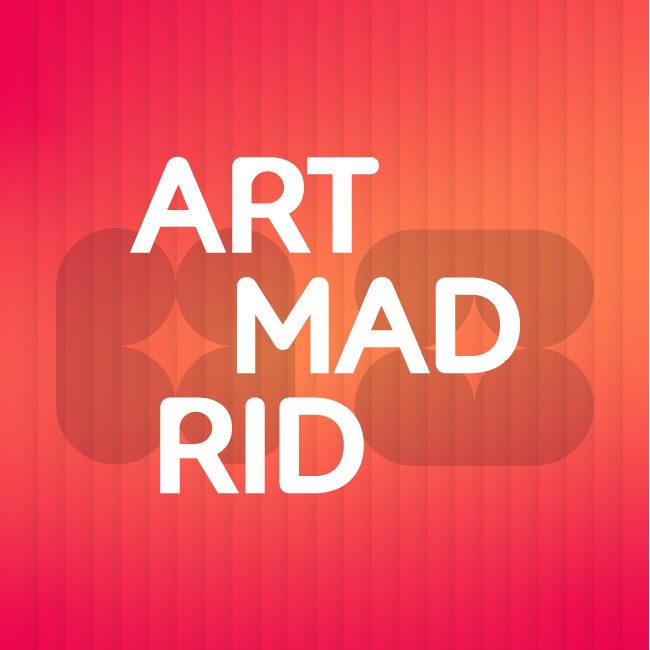From Art Madrid, we pose a key reflection: Is it enough to talk about emerging art, work with emerging artists, and be a platform for their promotion? Reality shows us that many of these creators, at the beginning of their professional journey, face structural barriers such as a lack of public support, the absence of galleries willing to invest in them, or the disinterest of cultural institutions.
This situation, persistent both in the Spanish landscape and in other international contexts, leads us to ask: Where is emerging art truly heading? What defines emerging artists? And why do we tend to associate the emerging solely with age, as if emergence were inexorably tied to youth?
Emerging art should not be merely a category confined to novelty or a specific life stage. It should be a dynamic concept encompassing the freshness of ideas, the courage in proposals, and the capacity to challenge the status quo, regardless of when or how an artist emerges. It is time to broaden the conversation and rethink the space we grant to those who, from any corner or circumstance, choose to make art their way of breaking into the art scene.
The term "emerging art" has been, from its inception, a nebulous concept deeply dependent on the structures that define and promote it. Initially conceived as a category to describe artists in the early stages of their careers, the concept has transformed into a contested terrain for galleries, institutions, and art critics, often becoming more of a market mechanism than a designation of genuine creative promise. But in the 21st century, does it still make sense to talk about "emerging art"?
In an increasingly hyperconnected world, where the barriers between the "emerging" and the "established" are blurred by the rapid circulation of artistic images and narratives, the term may begin to lose its weight. Social media has democratized, at least in theory, access to the visibility of artworks, allowing artists from all latitudes to project their work to a global audience without traditional intermediaries. This phenomenon raises a key question: What is truly "emerging" when a creator can go from anonymity to viral notoriety in a matter of hours?
The paradox deepens when we consider how the art market has absorbed this concept. "Emerging art" has shifted from being a temporary category to becoming a label that fuels speculative desire. However, this often results in the instrumentalization of the artist, whose work is reduced to a mere vehicle for economic transactions. In this context, the concept of "emergence" refers less to the potential for exploration or innovation and more to a speculative promise of financial return.
Emergent: relative to what?
Another fundamental issue lies in the relationship between "emergence" and the systems of power that legitimize it. Traditionally, the idea of an emerging artist suggests a narrative of ascent, a transition from the margins to the center of institutional recognition. However, this narrative presupposes a fixed cultural hierarchy, where centers of power (New York, London, Berlin, among others) dictate what is emerging and what is not.
In recent decades, movements like postcolonialism and decolonial theories have challenged these hierarchies, pointing out how they perpetuate historical and geographical inequalities. From this perspective, labeling an artist from a "peripheral" region as "emerging" can be problematic, as it reinforces the idea that their value lies in their ability to adapt to the standards imposed by hegemonic cultural centers.
The impact of technology and new forms of emergence
In today's world, the artistic landscape is shaped by digital technology, which redefines how art is produced, distributed, and consumed. Platforms like Instagram, TikTok, and NFT marketplaces have created new avenues of visibility and parallel economies that escape, at least partially, the control of traditional institutions. In this context, emerging art is no longer necessarily tied to galleries or museums but to a creator’s ability to navigate digital environments and build virtual communities around their work.
This generates new dynamics that challenge the usefulness of the term "emerging." On the one hand, it broadens the definition of what can be considered art and who can participate in its production. On the other, there is a risk that the focus on the "new" and "disruptive" is reduced to a mere algorithmic strategy, where the quality of the work is subordinate to its capacity to generate interactions.
Should we abandon the term?
In light of these complexities, we must ask whether the concept of "emerging art" remains useful or should be replaced by other categories that better reflect contemporary realities. Perhaps a more fruitful approach would be to focus on terms like "independent art," "decentralized art," or simply "contemporary art," which avoid the hierarchical and market-driven connotations inherent to "emerging." Ultimately, questioning the concept of emerging art is not just a terminological issue but a critical exercise to rethink the structures that determine how we value artistic creation. In a world where the boundaries between the emerging and the established are increasingly blurred, perhaps the real emergence lies in reimagining the very foundations of how we conceive art and its role in society.
Contemporary art is a territory without fixed maps, a fluctuating space where the only rule is that nothing is set in stone. In this context, the word "emerging" takes on multiple meanings, because contemporary art is not only a product that emerges from thought or technique but is also linked to a constant process of emergence. We invite you to rethink and question its definition beyond prejudices and reductionist conceptualizations, and instead, from the spirit and commitment to open new paths toward understanding the art of our time.
















